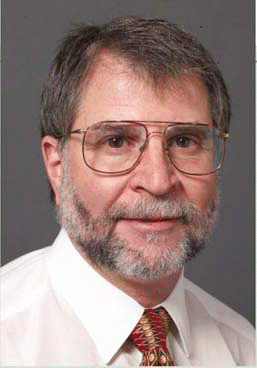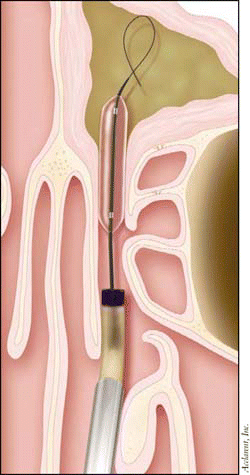The business side of medical practice can sometimes be a bigger challenge than ferreting out a difficult diagnosis.


The business side of medical practice can sometimes be a bigger challenge than ferreting out a difficult diagnosis.





Pediatric otolaryngology has advanced by leaps and bounds over the past couple of decades, but it’s the rise in subspecialties within the field that has lead to the most changes in practice.

A new, minimally invasive technology known as balloon sinuplasty can safely and successfully dilate blocked sinus ostia in select patients with chronic sinusitis, according to early observations in a small number of patients.

The use of positron emission tomography (PET) is not sensitive enough to warrant routine use in post-curative chemoradiation therapy diagnosis of patients with node-positive head and neck cancer, according to researchers in the field.

Diagnostic comfort and convenience, but cost and endoscopic placement complicate use
